

Reaching Africa, you leave your comfort zone to experience something wonderful, as at the edge of the world, miracles await you.
The southernmost region of Africa – what is now the Republic of South Africa – was for centuries one of the world’s most difficult places to reach. Today, however, it is likely the most developed nation on the continent, especially in terms of infrastructure. The nation offers countless attractions, but thorough planning is essential, as we are talking about a vast land roughly five times the size of the United Kingdom. While several major cities – such as Pretoria, Johannesburg, or Durban – could serve as a base for your adventure, the most diverse and intriguing of them all is Cape Town.
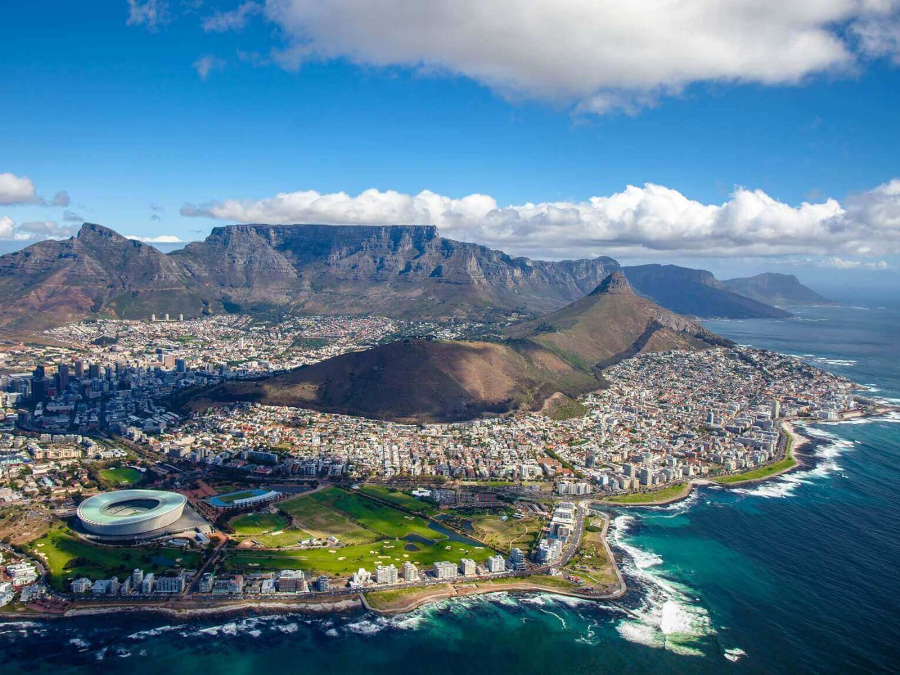
Cape Colony, once known as the "edge of the world" and the "sailors' graveyard," is truly one of Earth's most extraordinary regions. Here, travelers are welcomed by both top-notch hospitality and untamed, breathtaking natural wonders. But let's not get ahead of ourselves just yet...
When flying in itself is part of the experience
On the London-Cape Town route, there are several airline options to choose from. Since there’s no direct flight, a layover is inevitable. We opted for KLM, which took us through Amsterdam to reach the southern edge of the Dark Continent. The fifteen-hour flight, coupled with mandatory airport checks and wait times, could easily turn into a grueling ordeal. However, the Dutch airline KLM places great emphasis on enhancements that transform the journey into an experience. At the recently revamped Crown Lounge, we were greeted with lavish service. After a refreshing shower, we settled into comfortable armchairs to enjoy our breakfast while eagerly awaiting the departure of our flight to Cape Town.
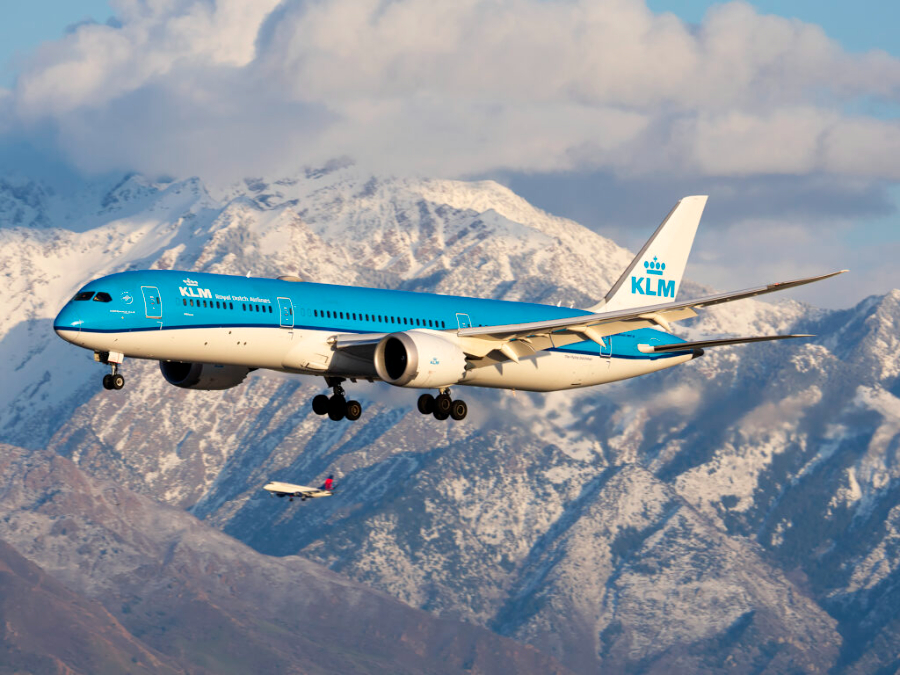
I've long been intrigued by how KLM not only enhances passenger comfort but also takes bold strides to reduce its ecological footprint. Beyond repeatedly updating their fleet, they're constantly modernizing older aircrafts, reducing their weight, increasing their use of biofuels, recycling old plane parts, and even developing the V-shaped aircraft, that for now, seems even futuristic.
To Cape Town you can fly aboard the brand-new Boeing 787-9 Dreamliner, a marvel of modern aviation. The business cabin is nothing short of breathtaking, a fusion of entertainment hub, fine dining, bedroom, and even an office for those who decide to mix work with adventure. Sinking into the seat feels like floating, as this isn't just a luxurious leather chair, it's a full-fledged bed designed for a restful sleep on a long journey. With hundreds of movies, TV channels, and music playlists at your fingertips, and first-class service all the way, the adventure begins long before you touch down.
Where Oceans meet: Cape Colony and Cape Town
A trip to South Africa wouldn't be complete without a visit to the unforgettable region of Cape Province, particularly Cape Town and its surrounding areas. From the air already, the sight is mesmerizing—a vast city cradled by mountains and stretching out where two oceans meet. With a population of around 3 million, Cape Town is intriguing not just for its scale, but also because its skyline defies expectations, shaped not by towering skyscrapers, but by the rugged beauty of nature.
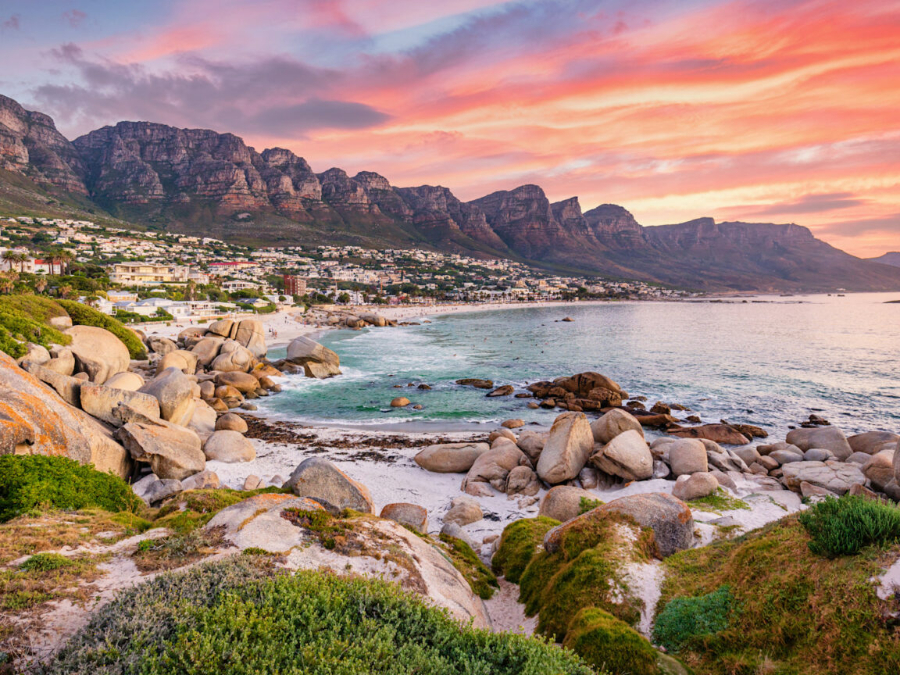
Although the African city farthest from Europe showcases a distinctly European character with its houses defined by English and Dutch styles, it is a place where history and nature converge in an extraordinary way. Although the colonial legacy shapes Cape Town's architecture and attractions, the natural beauty surrounding the city is truly diverse and captivating. The combination of the colonizers' historical heritage and Africa's natural wonders creates a unique and adventurous atmosphere that makes this place truly special.

As you wander through the city, you'll discover a vibrant mix of sights and experiences. Picture Victorian clock towers where playful seals bask in the sun, and nearby, the rugby and cricket museum stands just a stone's throw from a bustling African craft market. The city center is easily explored on foot, with its winding streets and colonial-style buildings offering a charming stroll. For a more extensive city tour, hop on a sightseeing bus that arrives every 15-20 minutes, allowing you to linger longer at each landmark.
Make sure to take your time at the 17th-century Castle of Good Hope, and don't miss the chance to hear the ceremonial cannon fire that marks noon, a tradition that’s been alive for over 200 years. Enjoy a leisurely walk down Long Street, Cape Town's most famous thoroughfare, where you can soak in the lively atmosphere of New Orleans-style cafes, bars, and eateries.
Most travel guides caution against wandering the city alone after dark, but the Victoria & Alfred Waterfront is a notable exception. This vibrant, 24-hour guarded district offers a lively harbor scene with an array of atmospheric restaurants, bars, and cafes. It’s ideal to book accommodation here so you can fully immerse yourself in Cape Town’s nocturnal charm without any worries about evening safety.

Among the five-star hotels, The Silo stands out as a pinnacle of luxury, not just for its architectural brilliance—having been converted from a grain silo—but also for its top-notch services and the breathtaking sunset view from its rooftop terrace. The blend of historical charm and modern opulence makes it a truly captivating experience.
Cape Town’s most iconic attraction is undoubtedly the so called Table Mountain. This flat-topped plateau rises 1,082 meters above the city, with its sheer vertical cliffs creating the impression of a giant table. You can hike up to the summit in 4-5 hours, or opt for a more leisurely approach via the cable car. The world’s steepest cable car rotates as it ascends, offering spectacular views of Cape Town’s stunning landscapes along the way.
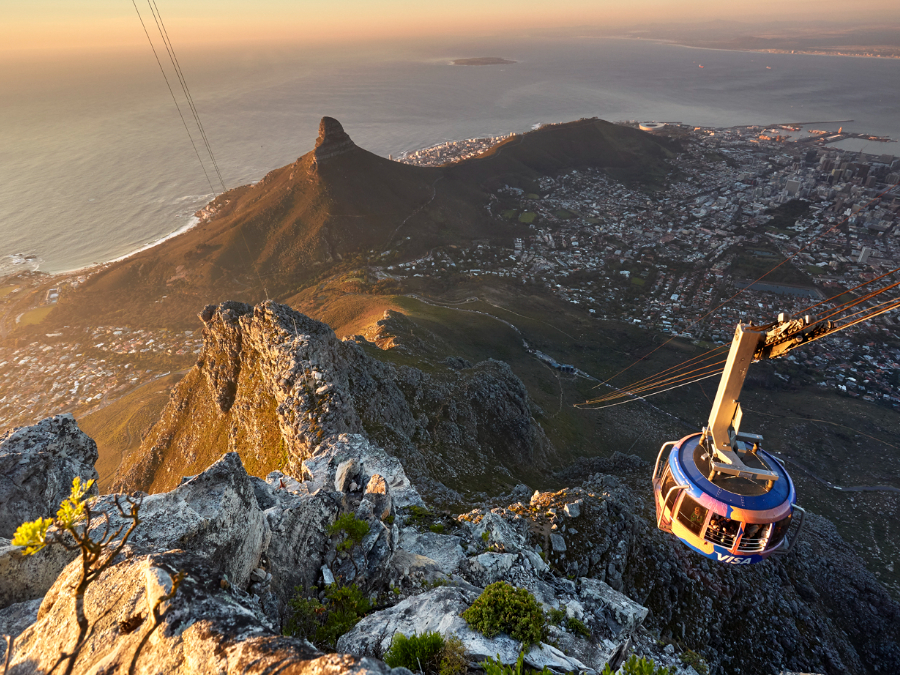
The Cape Peninsula boasts some of the world’s most stunning coastlines. You can dip your toes into the pristine waters of two oceans from picture-perfect beaches. The climate is superb, the sand is silky, and the sunsets are nothing short of spectacular. Whether you're in the mood for a swim, surfing, or a scenic boat ride, the beaches offer the perfect setting. Just remember to heed the lifeguards' instructions and posted warnings—sharks are known to frequent these waters, so safety always comes first.
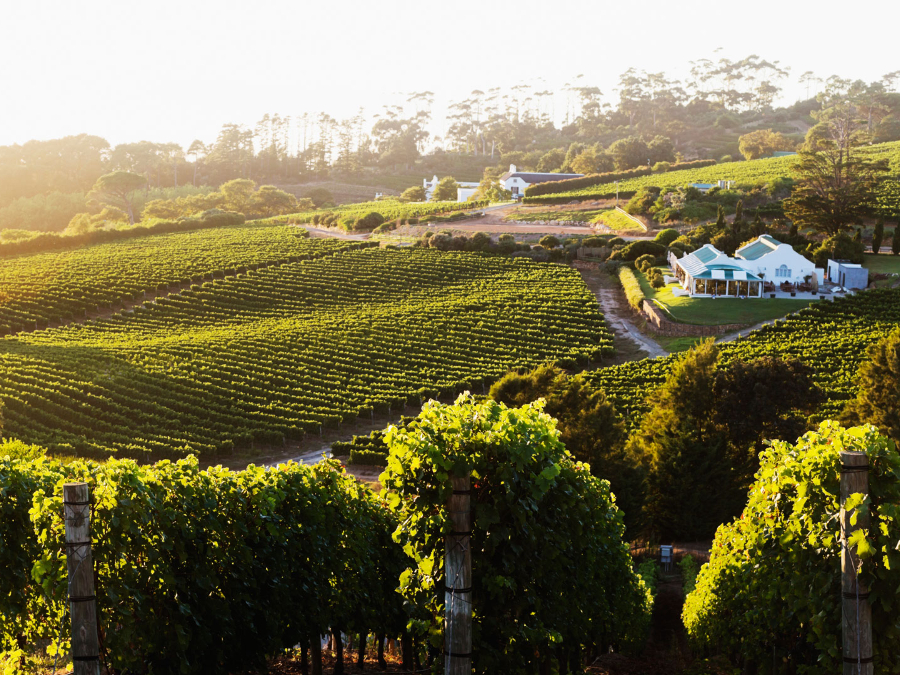
The expertise of the colonizers and the region’s unique climate combined to create one of the world’s most renowned and distinctive wine regions. French Huguenots arrived over 300 years ago with the first grapevines, planting the initial vineyards that have since evolved into the world-famous Cape Winelands. By the 18th century, exceptional dessert wines were being exported to European courts, and even Napoleon enjoyed these exotic libations.
Today, around 600 wineries produce a range of wines using both modern technology and traditional techniques. The most celebrated wine-producing area is Stellenbosch, easily accessible from Cape Town by bus or bike tour. Here, you can immerse yourself in the enjoyment of wine in true European comfort, with the region offering five-star restaurants, luxurious hotels, and a wealth of tour options for travellers.
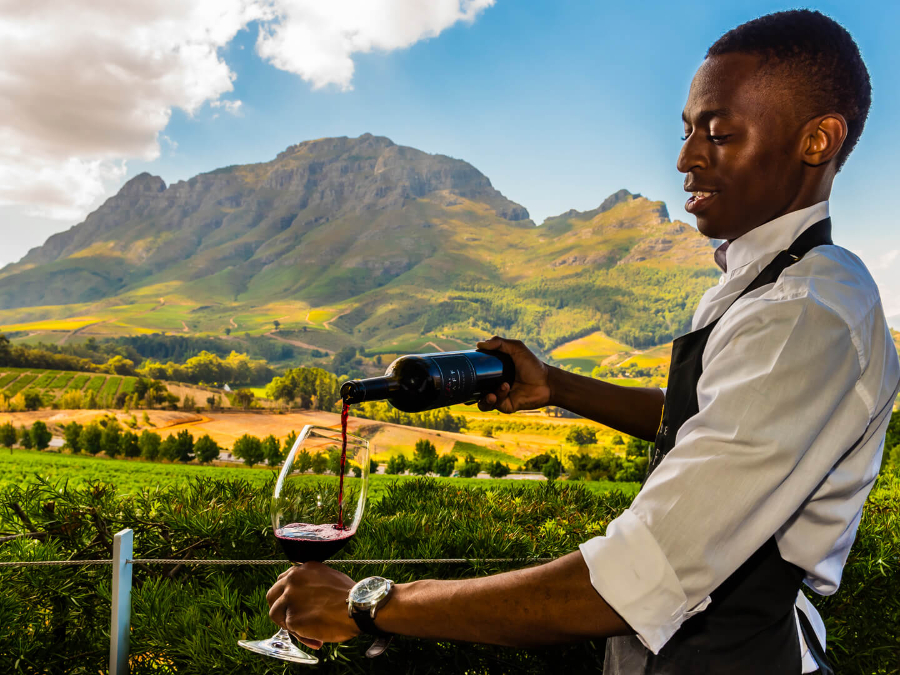
The Mediterranean climate, combined with the refreshing ocean breezes, imparts a unique character to the local grapes, which are used to produce top-tier Shiraz, Cabernet Sauvignon, and Pinot Noir wines. One of Cape Town's neighborhoods, Tokai, is named after the famous Hungarian wine region, Tokaj. While wine production is no longer prevalent in Tokai itself, the neighborhood’s name continues to honor the legacy of the Hungarian wine region, preserving Cape Town’s rich viticultural heritage with a piece of European tradition.
Wildlife at an arm’s reach length
Undoubtedly, the greatest tourist draw of the African continent is its rich wildlife. A trip to South Africa would be incomplete without witnessing its indigenous animals firsthand, ideally on a thrilling safari adventure. Imagine spotting majestic elephants, graceful giraffes, and powerful lions in their natural habitat—an experience that brings the continent's vibrant ecosystems to life before your very eyes.

It’s not particularly difficult to immerse yourself in this experience, as the Republic of South Africa is a nation of national parks, boasting around 20 of them. A glance at the country’s map reveals that these protected areas cover vast expanses of land. Among them, one of the most significant is the Kruger National Park, located in the northeastern part of the country. Spanning over 19,000 square kilometers, it’s a haven for Africa’s iconic wildlife, including the "Big Five"—lion, leopard, elephant, buffalo, and rhino—as well as 500 species of African birds. It’s a vast and vibrant landscape where you can encounter the continent’s most majestic creatures up close.
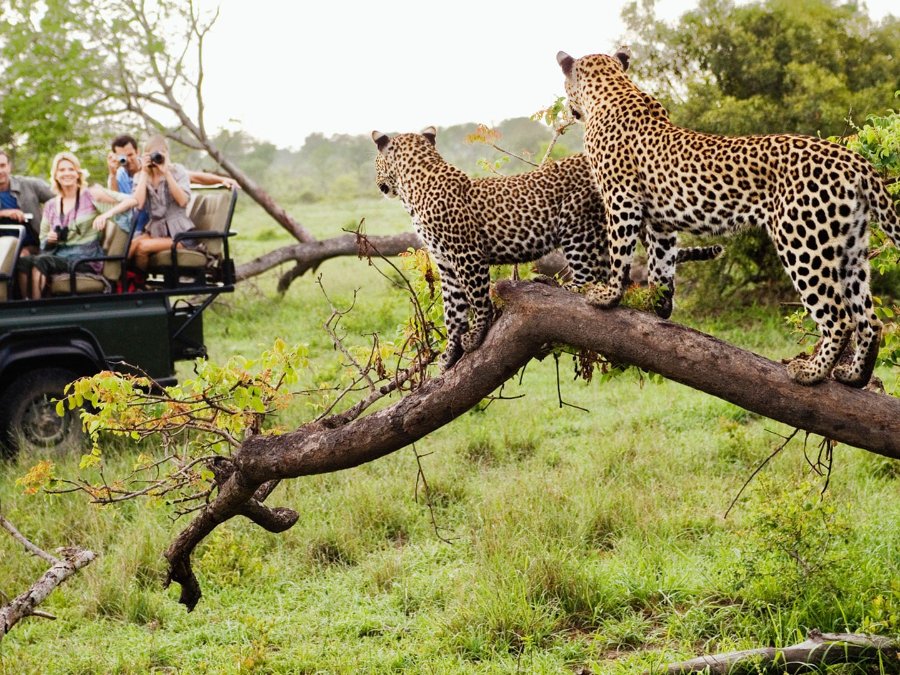
Spending a few days here will almost certainly grant you the privilege to capture stunning images of hippos and crocodiles, marvel at herds of zebras, giraffes, and antelopes on the move, and if you're lucky, witness the thrilling hunts of predators. The park’s well-developed infrastructure offers various ways to experience Africa’s wildlife, whether you’re exploring in a rental car, on a guided tour, by bicycle, or even from a hot air balloon. For your multi-day adventure, you can choose from accommodations ranging from safari tents to luxurious lodgings. It’s wise to book your stay well in advance, as the African paradise attracts around half a million eager safari-goers each year.
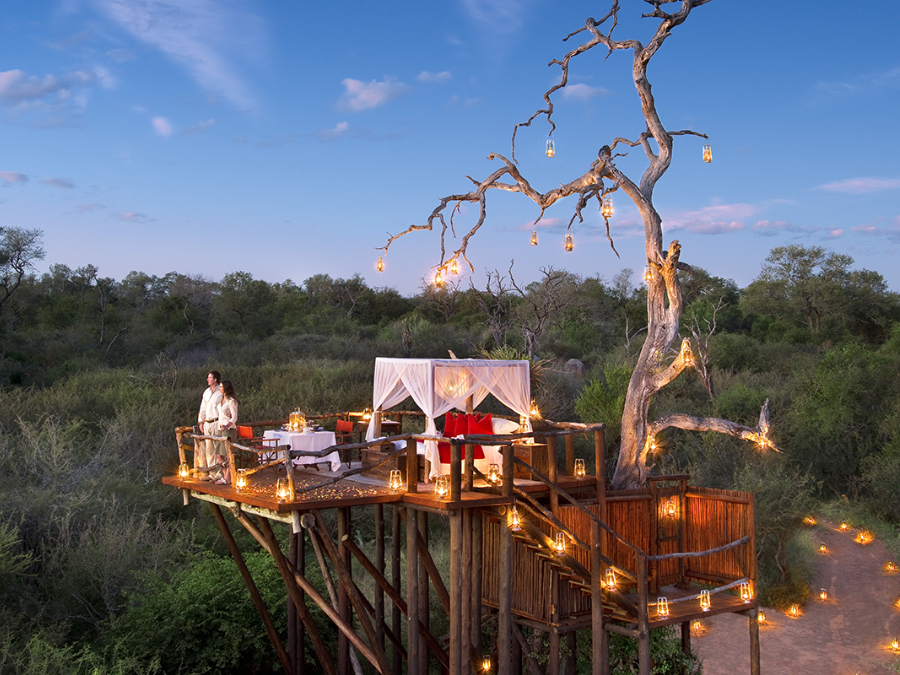
On the vast expanse of Kruger National Park, it’s worth choosing a safari lodge that not only offers thrilling wildlife observation but also engages in its own conservation programs or actively participates in initiatives as such. You might explore Royal Malewane, a favorite retreat for celebrities such as Sir Elton John, where you can experience exceptional luxury and exclusivity. Alternatively, enjoy the breathtaking views and welcoming ambiance of Makumu, or immerse yourself in the hospitality of Kapama, the largest privately-owned reserve in South Africa. Each offers a unique and immersive way to experience the park’s natural splendor while contributing to its preservation.
Fight against poaching
Kruger National Park was South Africa’s first conservation area, founded by Paul Kruger in 1898 with the aim of protecting the dwindling wildlife and regulating hunting. Today, poaching remains a severe issue in South Africa, as it does across the continent. Last year, nearly 500 rhinos fell victim to illegal hunters in the country, marking a troubling increase after several years of decline compared to the previous year’s statistics. Despite the park’s historic efforts and ongoing initiatives, the battle against poaching continues to be a critical challenge for conservationists.
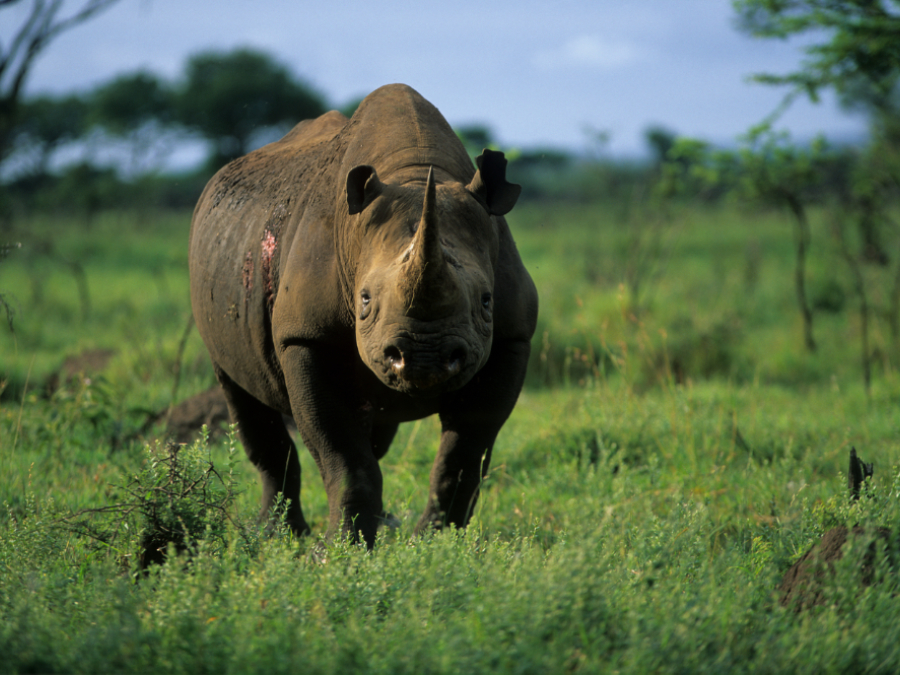
Globally, a vast criminal network has formed around the trade of rhino horn and elephant ivory, and immense efforts are being made to combat this illicit trade. However, poaching impacts more than just these two large herbivores. The hunting of panthers poses a grave threat as well, with the risk of this majestic cat vanishing entirely from the region. The fight against illegal activities takes many forms, involving foundations, brave volunteers often risking their lives, and government and law enforcement agencies working tirelessly to curb poaching.
The decline in elephant populations is a serious issue not only in South Africa but across the entire continent. Over the past century, Africa’s elephant population has plummeted from 12 million to just 400,000, despite the international ban on ivory trade. One of the tragic consequences of the illegal killing of elephants is the loss of countless orphaned calves, a grim reminder of the far-reaching effects of wildlife crime.
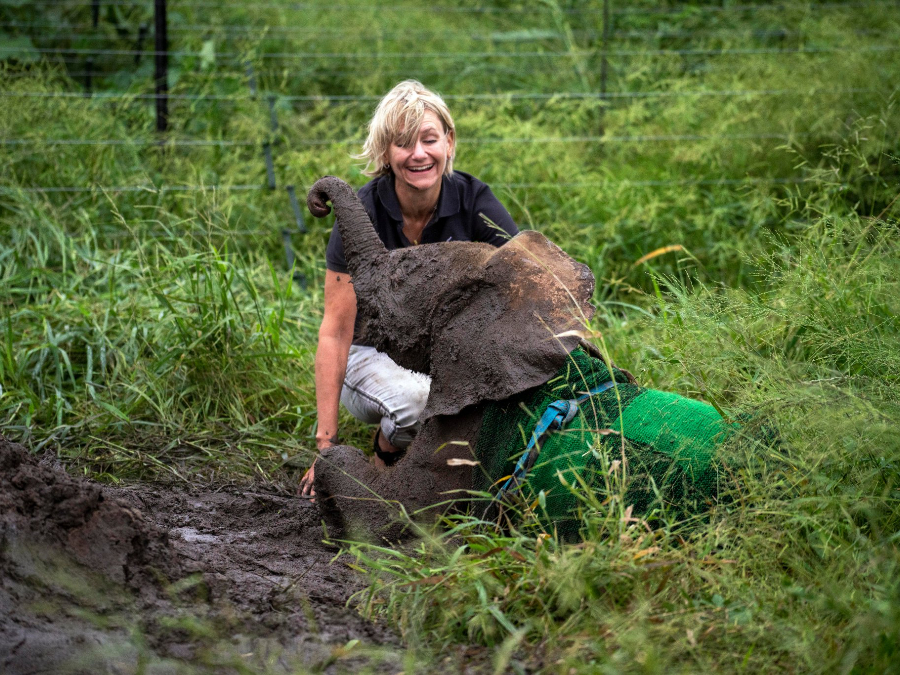
To remediate this issue, HERD (Hoedspruit Elephant Rehabilitation and Development) was established as sort of an elephant orphanage. The dedicated professionals here care for the young elephants, providing them with new families and ensuring not just the survival of individual animals but the entire African species. Adine Roode, the founder of Africa's first elephant orphanage, describes their mission: "The effort to save elephants is a shared mission of the soul, heart, and mind. I am deeply grateful to everyone who joins us on this journey, and I hope many more will follow our story. Because this is just the beginning."
Conservation requires countless approaches, one of which travelers to Africa can embrace is responsible thinking—protecting nature and minimizing your "footprint" as much as possible. It’s crucial that future generations can too experience this magnificent world not just through photos.